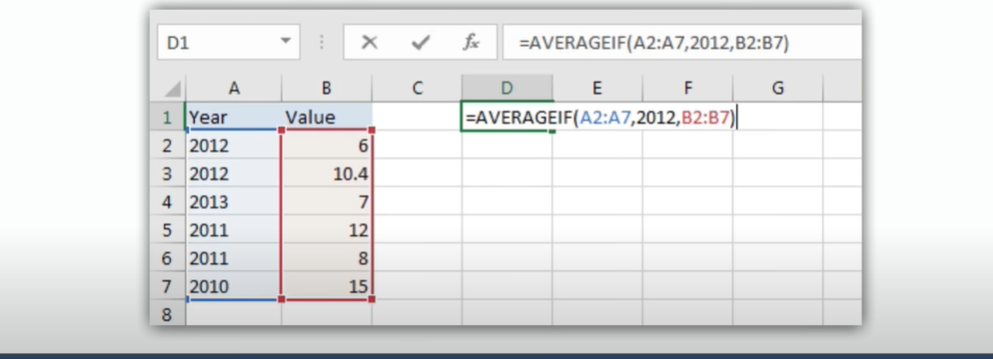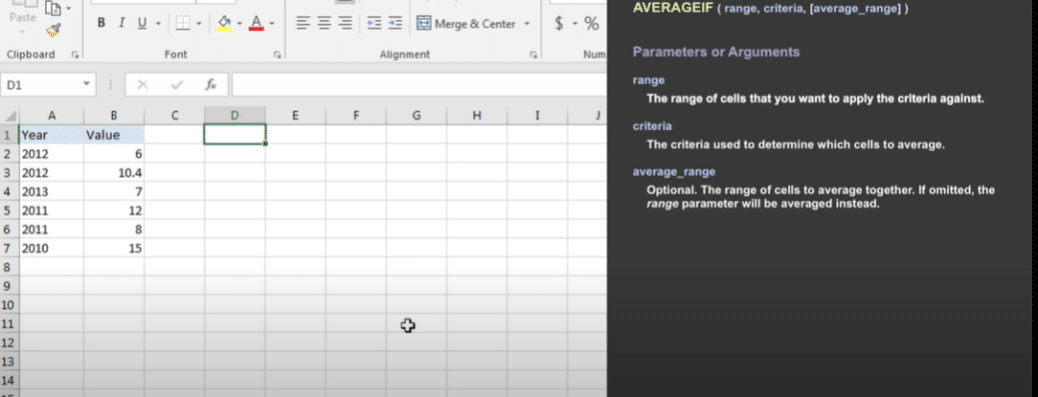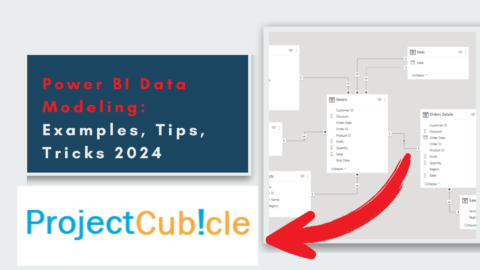How to use the Excel AVERAGEIFS function?
How to use the Excel AVERAGEIFS function? When you need to calculate the average of a group of numbers, the AVERAGEIFS function in Excel is the way to go. You can use it to average any range of cells, including those that are not adjacent to each other. All you need to do is enter the criteria for which cells you want to be included in the average calculation. This can be a great tool for sorting data or calculating averages based on specific conditions. For example, you could use it to find out the average salary for all employees who work more than 40 hours per week. To learn more about how this function works, keep reading!
Table of Contents
1. What the AVERAGEIFS function is, and what does it
2. How to use the AVERAGEIFS function
3. Examples of how to use the AVERAGEIFS function
4. Tips for using the AVERAGEIFS function effectively
5. Troubleshooting tips for the AVERAGEIFS function

What is the AVERAGEIFS function?
The AVERAGEIFS function is a built-in Excel function that allows you to average a range of cells based on one or more criteria. This can be useful for extracting data from large tables of information or for calculating averages based on specific conditions. For example, you could use it to find out the average salary for all employees who work more than 40 hours per week.
How to use the AVERAGEIFS function
1. Enter the AVERAGEIFS function into a cell: =AVERAGEIFS(2. Select the range of cells that you want to average:3. Enter the first criterion:4. Enter the second criterion:5. (Optional) Enter additional criteria:6. Press Enter to calculate the average.
Examples of how to use the AF
1. To find the average salary for all employees who work more than 40 hours per week, you would use the following formula: =AVERAGEIFS(B2:B11,”>40″)
2. To find the average test score for all students who got an A on their last test, you would use the following formula: = AVERAGE IFS(C2:C17,D2:D17,”A”)
3. To find the average number of days taken to complete a project for all projects that were completed on time, you would use the following formula: =AVERAGEIFS(E2:E25, F2:F25,”<=30″)
Tips for using the AF effectively
1. When using multiple criteria, make sure to enclose each criterion in double quotes (” “).
2. You can use the wildcard characters * and ? to match any character or zero or more characters, respectively. For example, the criterion “>40” would match all values greater than 40, while the criterion “>4*” would match all values that begin with a 4 (such as 40, 41, 42, etc.).
3. If one of your criteria is text, make sure to enclose it in double quotes (” “). For example, the criterion “>40” would match all values greater than 40, while the criterion “>4*” would match all values that begin with a 4 (such as 40, 41, 42, etc.).
4. If you want to include cells that are blank or empty in your average calculation, use the criteria “=” or “<>”. For example, the criterion “=*” would match all cells that contain any value, while the criterion “<>” would match all cells that are blank or empty.
Troubleshooting tips for the AVERAGEIFS function
1. If you’re getting an error when using the AVERAGEIFS function, make sure that you’ve entered the function correctly and that all of your arguments are enclosed in parentheses.
2. If you’re still getting an error, check to see if your criteria are enclosed in double quotes (” “).
3. If you’re still getting an error, make sure that your range of cells is correct and that all of the cells you want to include are in that range.
4. If you’re still getting an error, check to see if any of your cell values are text values. If so, make sure to enclose your criterion in double quotes (” “).
5. If you’re still getting an error, try using the wildcard characters * and ? to match any character or zero or more characters, respectively.
6. If you’re still getting an error, try using the criteria “=” or “<>” to include cells that are blank or empty in your average calculation.
7. If you’re still getting an error, contact Excel support for help troubleshooting the AVERAGEIFS function.
Hello, I’m Cansu, a professional dedicated to creating Excel tutorials, specifically catering to the needs of B2B professionals. With a passion for data analysis and a deep understanding of Microsoft Excel, I have built a reputation for providing comprehensive and user-friendly tutorials that empower businesses to harness the full potential of this powerful software.
I have always been fascinated by the intricate world of numbers and the ability of Excel to transform raw data into meaningful insights. Throughout my career, I have honed my data manipulation, visualization, and automation skills, enabling me to streamline complex processes and drive efficiency in various industries.
As a B2B specialist, I recognize the unique challenges that professionals face when managing and analyzing large volumes of data. With this understanding, I create tutorials tailored to businesses’ specific needs, offering practical solutions to enhance productivity, improve decision-making, and optimize workflows.
My tutorials cover various topics, including advanced formulas and functions, data modeling, pivot tables, macros, and data visualization techniques. I strive to explain complex concepts in a clear and accessible manner, ensuring that even those with limited Excel experience can grasp the concepts and apply them effectively in their work.
In addition to my tutorial work, I actively engage with the Excel community through workshops, webinars, and online forums. I believe in the power of knowledge sharing and collaborative learning, and I am committed to helping professionals unlock their full potential by mastering Excel.
With a strong track record of success and a growing community of satisfied learners, I continue to expand my repertoire of Excel tutorials, keeping up with the latest advancements and features in the software. I aim to empower businesses with the skills and tools they need to thrive in today’s data-driven world.
Suppose you are a B2B professional looking to enhance your Excel skills or a business seeking to improve data management practices. In that case, I invite you to join me on this journey of exploration and mastery. Let’s unlock the true potential of Excel together!
https://www.linkedin.com/in/cansuaydinim/










